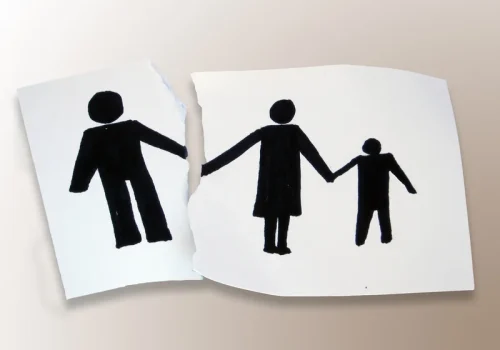
This understanding allows us to tailor our coping strategies and address the root causes of our stress more effectively. When comparing internal stressors to their external counterparts, it’s crucial to note that both can significantly impact our well-being. However, internal stressors often require more introspection internal vs external triggers and self-awareness to identify and manage effectively. Let’s delve deeper into the world of internal stress, exploring its various manifestations and strategies for coping with this unseen adversary. The removal of external triggers can be as simple as a change in scenery or new group of friends.
Coping Strategies for Managing Internal Stressors
Mental health professionals don’t yet know precisely how triggers form. Some researchers believe that the brain stores memories from a traumatic event differently from memories of a non-traumatic event. Triggers vary widely from person to person and can be internal or external. There are many different https://ecosoberhouse.com/ types of objects that can trigger addiction relapse. Some common examples include drug paraphernalia, alcohol-related items, and triggering pictures or symbols. Those who struggle with substance use disorder or alcohol use disorder will sometimes find themselves thinking fondly about past use.
- One-on-one mental health treatment can provide new tools to learn how to live with internal triggers.
- If you are in recovery and feeling challenged by triggers, know that you are not alone.
- Negative feelings that could be triggers include depression, anxiety, anger, boredom, and loneliness.
Types of Addiction Relapse Triggers
Her purpose is to help individuals understand their past so they can create a future full of hope, growth, and success. Stephanie attributes a large portion of her success to the supportive culture and strong sense of community fostered by the Agape team. While some triggers may create a nearly-unavoidable craving, in many situations the trigger can be removed or escaped with enough time to stop potential use. You may have to try several strategies before finding what works best for you. If you’re ready to seek help, you can visit Psych Central’s guide to finding mental health support. Focusing on activities you love can fill the time you might have spent using substances.
Types of Triggers and responses to them

Unlike external stressors, which are typically tangible and observable, internal stressors are often subtle and deeply personal. Recognizing these internal sources of stress is essential for developing effective coping strategies and maintaining a balanced mental state. As you move forward, consider how you can incorporate these insights into your daily life. Building resilience is another critical aspect of relapse prevention. Resilience equips individuals with the strength to weather challenges, adapt to change, and persist in their recovery journey.


Advancements in technology and their impact on internal triggers

- Professional support can be invaluable in helping individuals recognize and navigate external triggers.
- Internal stressors are psychological or emotional factors that originate from within an individual, causing tension, anxiety, or discomfort.
- Internal triggers, deeply intertwined with emotions and thoughts, play a crucial role in the process of recovery and the risk of relapse.
- Triggers may test your willpower and can be personal or shared with others in recovery.
